In today’s ever-changing business landscape, toilet ware manufacturers and retailers are faced with the challenge of meeting consumer demands for both comfort and sustainability. The importance of sanitary and reliable toilet ware cannot be overstated, making it an integral part of every household. With advancements in technology and increasing environmental consciousness, the toilet ware industry has witnessed significant evolution. In this article, we will explore the latest trends and innovations shaping the market and discuss strategies for business growth. 1. Comfort as a Priority: Consumers are increasingly seeking enhanced comfort features when it comes to their toilet ware choices. As people spend a significant amount of time in their bathrooms, the focus is shifting towards ergonomic designs, soft-close seats, and adjustable water pressure options. Manufacturers are investing in research and development to ensure that their products provide optimal comfort and convenience, resulting in improved customer satisfaction.
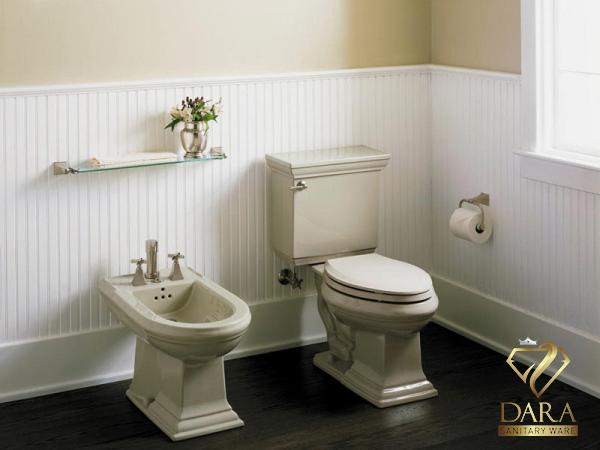
.
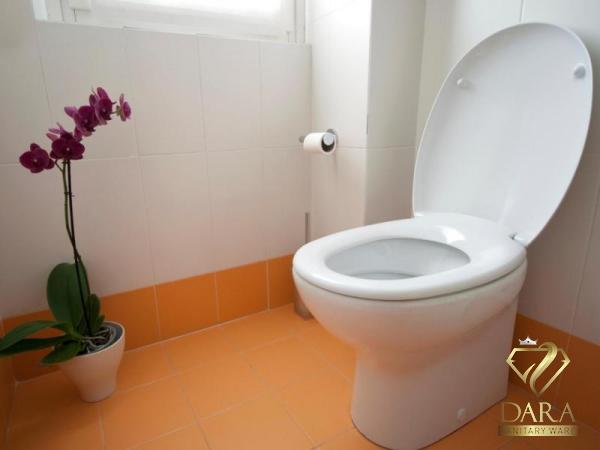 2. Sustainability and Water Efficiency: In the wake of growing concerns over water scarcity and the environmental impact of excessive water consumption, water-efficient toilet ware has emerged as a key focus area within the industry. Manufacturers have responded by introducing dual-flush toilets, which offer different water volumes for liquid and solid waste, reducing water usage significantly. Additionally, integrating water-saving technologies, such as reduced-flow valves and advanced flushing mechanisms, are providing environmental and cost-saving benefits. 3. Smart Toilet Ware: The rise of smart home technologies has infiltrated the toilet ware industry, giving birth to smart toilets. These innovative products offer a host of features, ranging from automatic seat opening and closing, temperature-controlled bidet functions, built-in air purifiers, and even music and lighting options.
2. Sustainability and Water Efficiency: In the wake of growing concerns over water scarcity and the environmental impact of excessive water consumption, water-efficient toilet ware has emerged as a key focus area within the industry. Manufacturers have responded by introducing dual-flush toilets, which offer different water volumes for liquid and solid waste, reducing water usage significantly. Additionally, integrating water-saving technologies, such as reduced-flow valves and advanced flushing mechanisms, are providing environmental and cost-saving benefits. 3. Smart Toilet Ware: The rise of smart home technologies has infiltrated the toilet ware industry, giving birth to smart toilets. These innovative products offer a host of features, ranging from automatic seat opening and closing, temperature-controlled bidet functions, built-in air purifiers, and even music and lighting options.
..
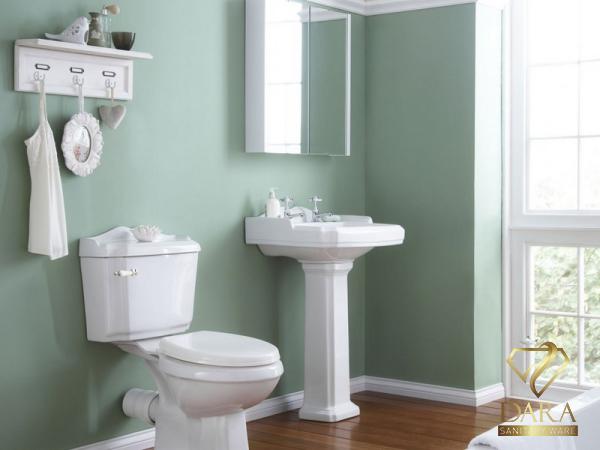 As consumers seek to incorporate connectivity and convenience into their daily routines, the smart toilet ware segment is gaining popularity. 4. Material Innovations: To align with sustainability goals, manufacturers are exploring eco-friendly materials for toilet ware production. Bamboo, recycled plastics, and biodegradable options are being used as alternatives to traditional ceramic and porcelain materials. Not only do these materials reduce the carbon footprint of the industry, but they also present new marketing opportunities for businesses striving for a greener image. 5. Personalization and Aesthetics: Beyond functionality, consumers are increasingly considering toilet ware as part of their home decor.
As consumers seek to incorporate connectivity and convenience into their daily routines, the smart toilet ware segment is gaining popularity. 4. Material Innovations: To align with sustainability goals, manufacturers are exploring eco-friendly materials for toilet ware production. Bamboo, recycled plastics, and biodegradable options are being used as alternatives to traditional ceramic and porcelain materials. Not only do these materials reduce the carbon footprint of the industry, but they also present new marketing opportunities for businesses striving for a greener image. 5. Personalization and Aesthetics: Beyond functionality, consumers are increasingly considering toilet ware as part of their home decor.
…
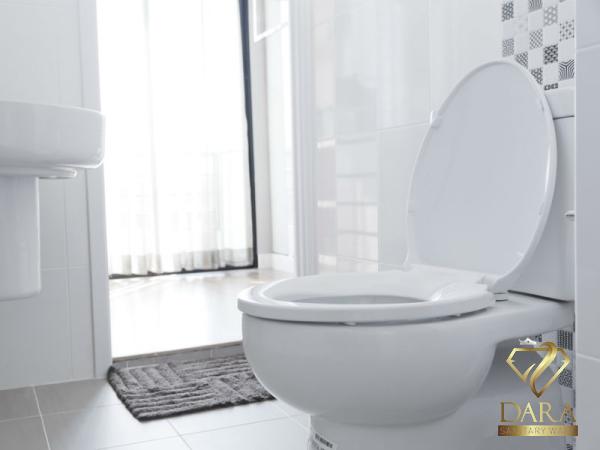 The industry has responded with an array of design options, finishes, and customizable features, catering to diverse aesthetic preferences. By offering unique styles, patterns, and colors, manufacturers and retailers can tap into the consumers’ desire for personalization and create a distinctive brand identity. Conclusion: In a rapidly changing market, the toilet ware industry must keep pace with evolving consumer demands. By adopting cutting-edge technologies, embracing sustainability, offering personalized designs, and prioritizing comfort, manufacturers and retailers can stay ahead of the competition. The combination of convenience, eco-consciousness, and aesthetics will not only meet consumers’ evolving needs but also contribute to the advancement of the industry as a whole. Embracing these trends will position businesses for growth and success in an increasingly competitive marketplace.
The industry has responded with an array of design options, finishes, and customizable features, catering to diverse aesthetic preferences. By offering unique styles, patterns, and colors, manufacturers and retailers can tap into the consumers’ desire for personalization and create a distinctive brand identity. Conclusion: In a rapidly changing market, the toilet ware industry must keep pace with evolving consumer demands. By adopting cutting-edge technologies, embracing sustainability, offering personalized designs, and prioritizing comfort, manufacturers and retailers can stay ahead of the competition. The combination of convenience, eco-consciousness, and aesthetics will not only meet consumers’ evolving needs but also contribute to the advancement of the industry as a whole. Embracing these trends will position businesses for growth and success in an increasingly competitive marketplace.
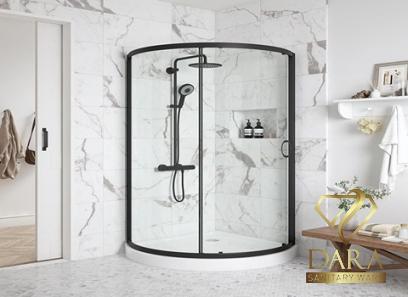
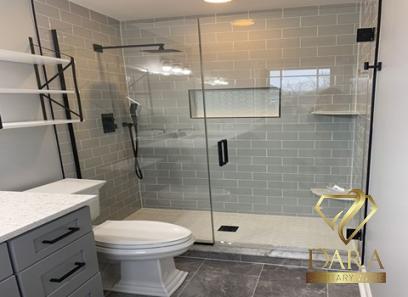
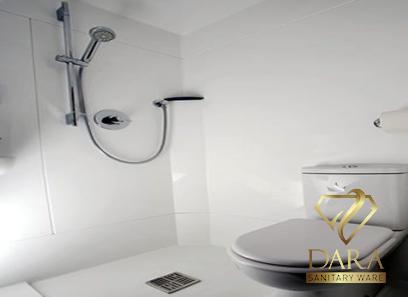
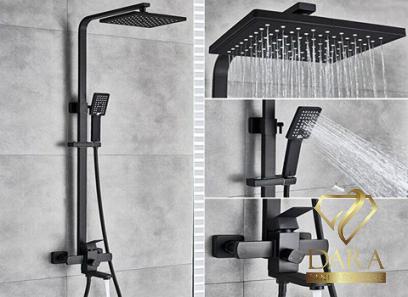
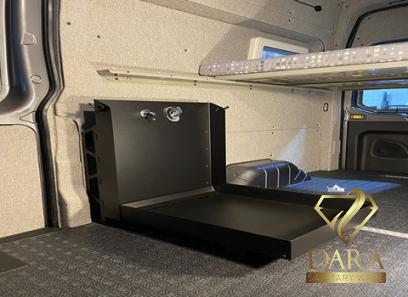
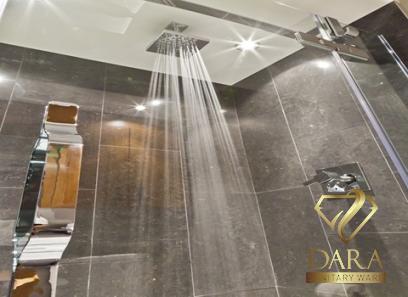
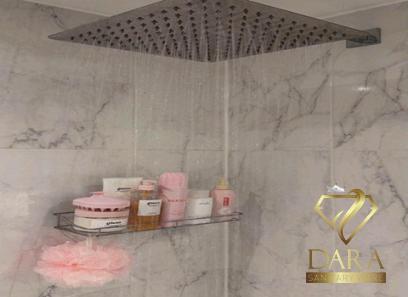
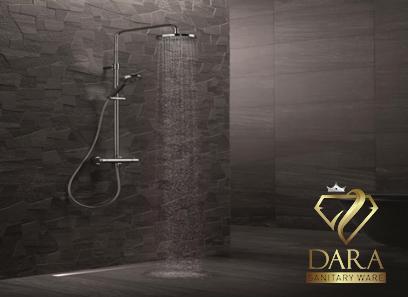
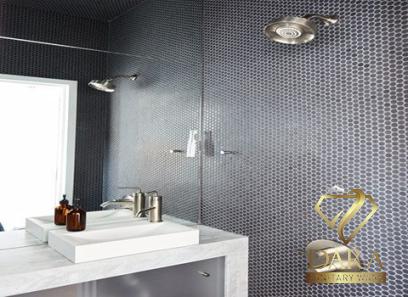
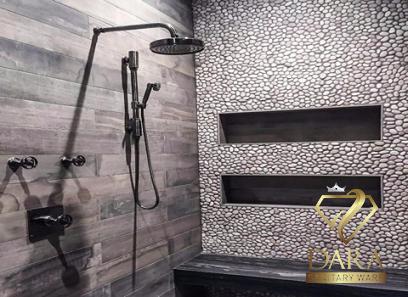
Your comment submitted.